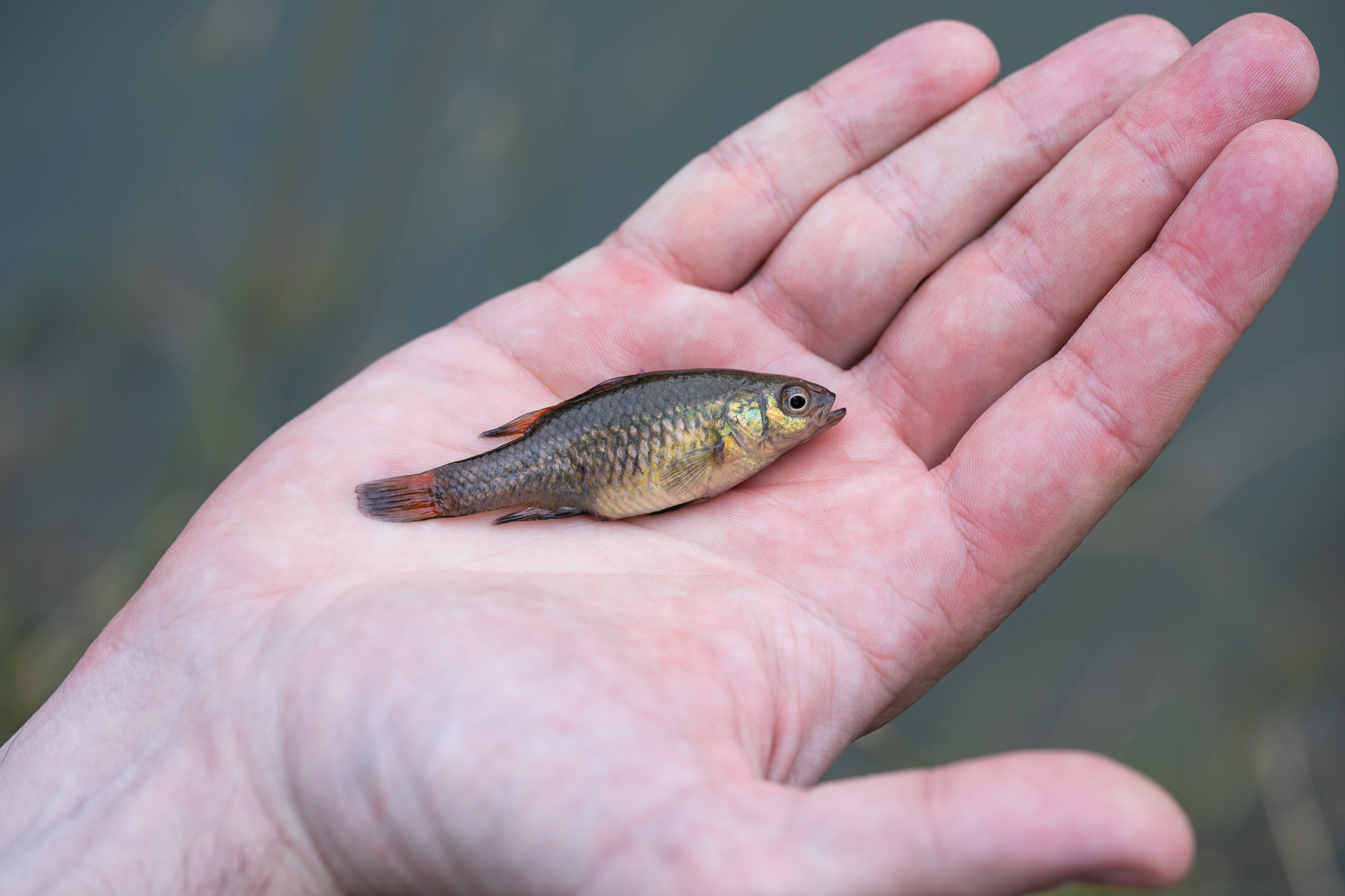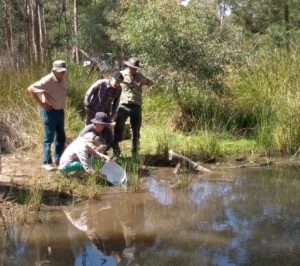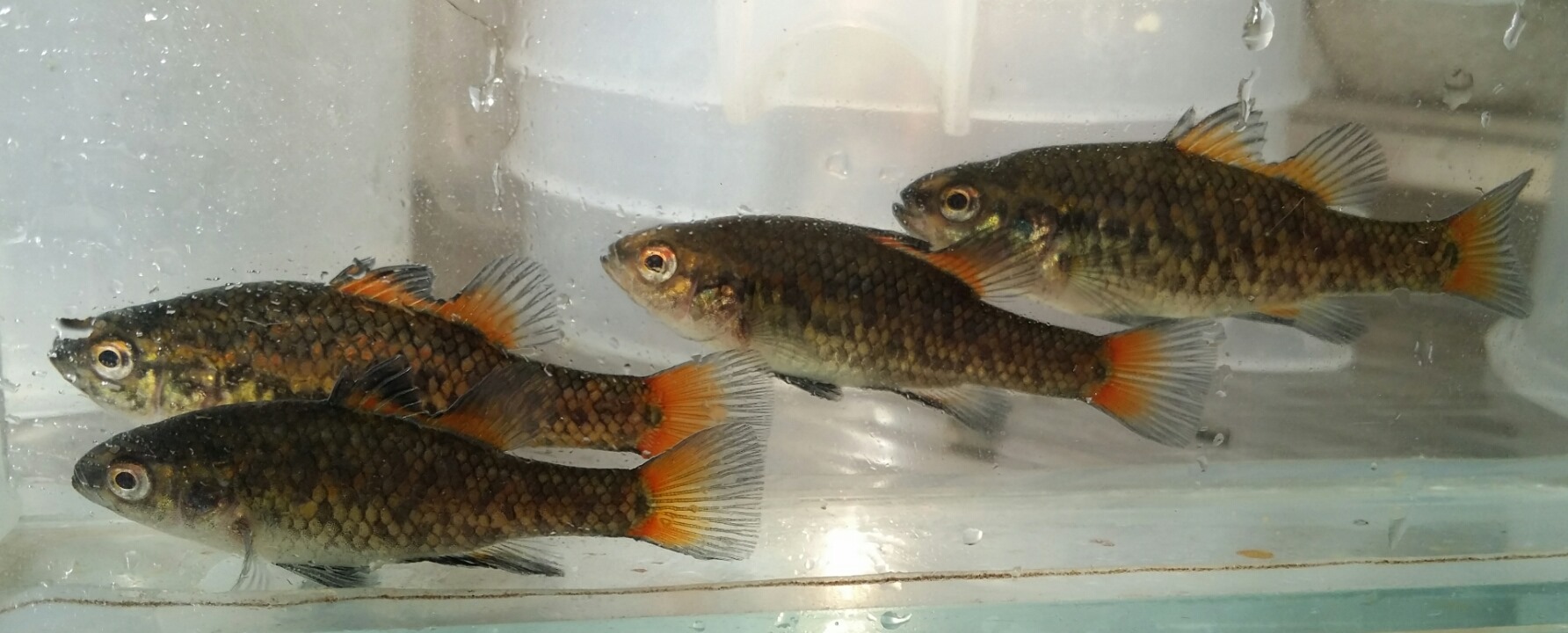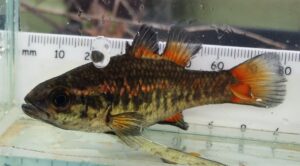
An endangered fish has returned to Bendigo, Victoria thanks to the help of Flinders University research in collaboration with local community groups.
Five years after the community hatched a plan to bring them back, they are showing signs of local recovery, says Flinders Molecular Ecology Lab PhD Sean Buckley, a coauthor of a recent research article recently published by the Society for Conservation Biology.

“Recently we heard our established population at the Cadella Way wetland has just been used to reintroduce southern pygmy perch to nearby areas where the species has been locally extinct for more than 20 years,” says Dr Buckley, now a lecturer at Edith Cowan University in Western Australia.
The southern pygmy perch is a small freshwater fish that was once abundant throughout the Murray-Darling Basin. Invasive species such as carp, habitat fragmentation, droughts, and bushfires have seen the fish disappear in many regions, including near Bendigo.
This led to establishment of a community-driven collaboration between local government, landcare managers, fish hobbyists, an aquaculture business and researchers from Flinders University.
Volunteers from the local community painstakingly restored nearby wetlands and collected the fish from nearby rivers, bringing them to the aquaculture facility to breed up numbers. A year later, 600 fish were released into the three wetlands.

Genetic research by the Molecular Ecology Lab at Flinders University (MELFU) helped guide the program and empowered the community to give the reintroduction the best chance of success.

Using knowledge gained from more than 10 years of captive breeding and restoring populations of southern pygmy perch – including in South Australia – the team also looked at how well the program was maintaining genetic diversity and preventing inbreeding.
“Something we knew about pygmy perch is that they have very low genetic diversity, so this was something we particularly wanted to keep an eye on,” says Dr Buckley.
“Making sure that the population wouldn’t lose any diversity from the captive-breeding and release was essential to give them the best chance of thriving in their new home.”
Their research showed that the efforts made by local communities did not reduce the genetic diversity of the population, with follow-up monitoring showing that the population numbers are booming. Based on the success of the program, more reintroductions of southern pygmy perch and other threatened fishes are occurring all throughout the region.

“We hope that our study showcases how collaborative community efforts that include genomics might have great outcomes for conservation,” says MELFU lead Professor Luciano Beheregaray, a coauthor of the latest journal article. “We’re looking forward to expanding these collaborations in the future.”
The open access article, ‘A community-driven captive-breeding and reintroduction program maintains genetic diversity in a threatened freshwater fish’ (2023) by Sean James Buckley, Chris Brauer, Chris Lamin, Peter Rose, Diana-Elena Vornicu and Luciano B Beheregaray appears in Conservation Science and Practice First published: 07 December 2023 https://doi.org/10.1111/csp2.13054






